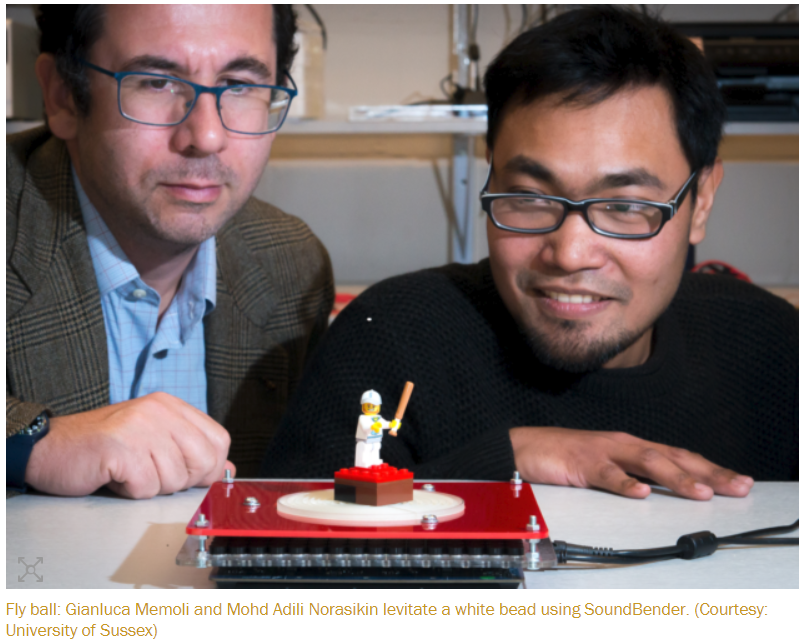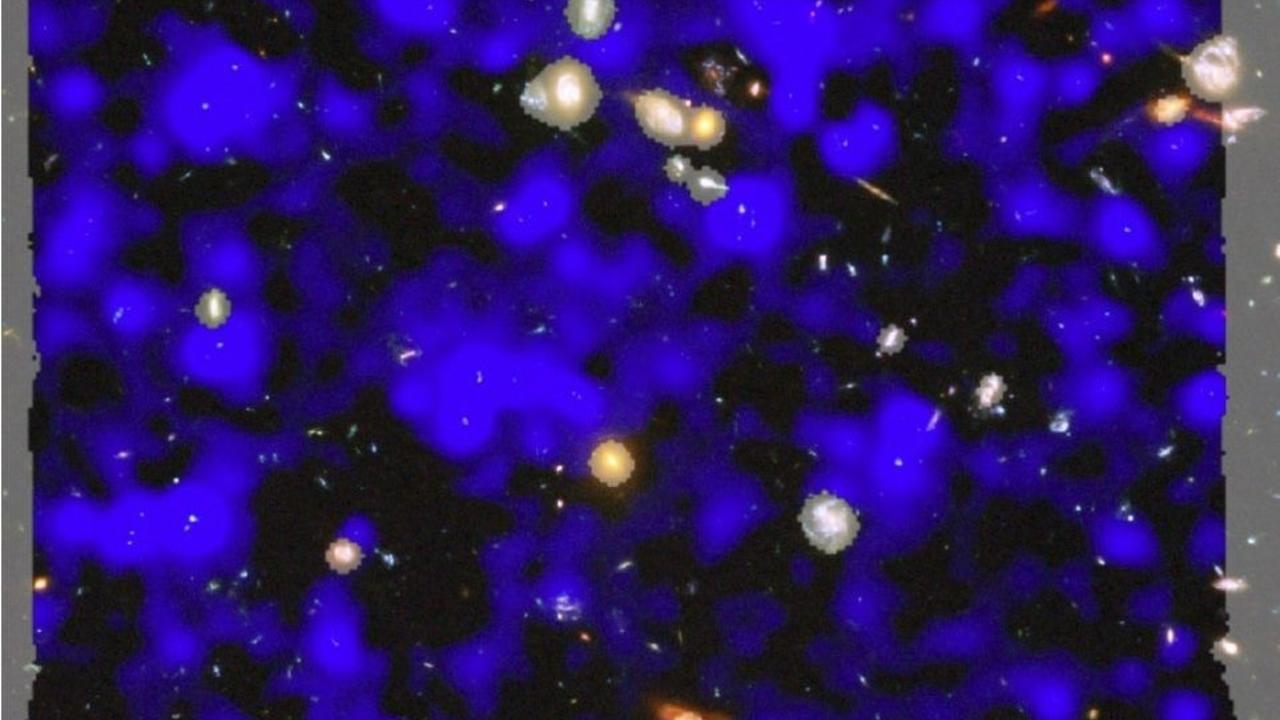Science News
& Faculty Articles
Mysterious Mercury

Article by Dr. Amira Val Baker, Astrophysicist, Resonance Science Foundation Research Scientist
Planet formation is not yet understood and to complicate matters Mercury is an anomaly – now a new ambitious mission hopes to resolve the mysteries and shed light on planet formation.
Planets and stars are theorized to have formed in the collapsing dust of a nebulae, with the star forming in the centre of rotation and the planets forming in the corresponding disk. The planetary characteristics are thus thought to be dependent on their size and distance from the central star. For example, gaseous planets – such as Jupiter, Saturn, Uranus and Neptune – are believed to have first formed as rocky planets and it was their greater size and position that allowed them to accrete and maintain a gaseous envelope.
However, although not completely understood (read more here), this understanding is based on the observed and inferred characteristics of the planets. However,...
What We Have Been Up To

It’s that time of year again when summer is over, and we reflect on the past year – and what a great year it has been!
In October 2018, research scientists William Brown, Dr Johanna Deinert and Jeremy Pfeiffer, along with chief engineer Scott Brown, attended the water conference in Sofia, Bulgaria, where they presented the latest results on the physical properties of water. Read the press release here. We were honored to discuss the PGQMEM (Precision Geometry Quartz Modulated Electro-Magnetically) technology with Nobel Laureate Prof Luc Montagnier.

The following month in November 2018, Dr Johanna Deinert held a workshop on the prevention of stress infarction during sports with a focus on Heart Rate Variability (HRV) biofeedback at the International Sports Congress in Hamburg. She was also invited to speak at the annual meeting of the Society for classical Electro-Acupuncture in Munich on the current knowledge on ‘water memory’.
In February 2019, research...
Acoustic Tractor Beam Can Grab Objects From Behind Obstacles

Article by William Brown, Biophysicist, Resonance Science Foundation Research Scientist
An acoustic tractor beam that can bend sound around an obstacle to levitate an object on the other side has been created by researchers in the UK. Dubbed SoundBender, the device combines an ultrasound transducer array with an acoustic metamaterial.
In recent years, researchers have used transducer arrays to build sonic tractor beams that can create complex acoustic holograms to manipulate objects in mid-air. Acoustic metamaterials are engineered materials with structural properties that do not usually occur naturally. They have been used to produce acoustic holograms, bend beams of sound and create static acoustic levitation devices. But the team behind the SoundBender, based at the University of Sussex, say that these technologies have key limitations.

Devices based on transducer arrays cannot bypass obstacles that lay between them and the levitating object....
Waterconference 2018

By Johanna Deinert, Resonance Science Foundation Research Scientist
Chairman Dr. Gerald Pollack from University of Washington, Seattle, opened the lectures by presenting Nobel Laureate Prof. Luc Montagnier. Co-founder of the World Foundation for Medical Research and Prevention. He introduced a highly sensitive method for detecting infections like Lyme, when usual Lab tests like serology and classical PCR (Polymerase chain reaction) fail. QuanticPCR uses the unique properties of water to store or even amplify specific pathogen-derived frequencies and is proving experimental evidence for the homeopathic principle of diluting without dilution of the contained information. The mechanism how PCR exactly works is commonly known to be not well understood. Giuseppe Vitiello presented a way to describe the bio-chemical reaction and its basics in physical terms.
We have recently posted news about the vaporization of water droplets and their unique shapes. In these kinds of...
New Mathematic Insight of the Shape of Wormholes

by Dr. Olivier Alirol, Resonance Science Foundation Research Scientist
Identifying the shape of massive astronomical object is not a simple task. Even with recent observations of gravitational waves the mass and angular momentum of the object remain known with large uncertainty. Moreover, it exists exotic objects, as wormholes who can mimic the shape of black holes for example. The gravitational spectrum of wormholes has a wide range of interpretations. A current challenge addressed by researcher R. A. Konoplya consists of mathematically describing wormholes in order to be able to eventually identify them in the space.
According to current theory a wormhole is a theoretical passage through space-time that could create shortcuts in the universe. The original wormhole solution was discovered by Einstein and Rosen (ER) in 1935 and later John Wheeler has shown their importance in quantum gravity. It was then discovered that it was possible to construct “traversable” wormhole...
Impossible Universe

Article by Dr. Amira Val Baker, Astrophysicist, Resonance Science Foundation Research Scientist
The universe as we currently understand it may not be allowed to exist – at least according to the cosmological model of string theorists.
To understand the behavior and evolution of the universe, cosmological models provide a mathematical description capable of making validated predictions. Current models are based on Einstein’s general relativity and assume a ‘flat’ universe – that is a universe that appears flat on large scales. Within this framework the geometry of the universe can then be described as a closed ‘de Sitter’ universe or open ‘anti-de Sitter’ universe.
Observations show that the universe is expanding at an ever so-slightly increasing rate and that as it expands the vacuum energy remains constant. The best cosmological model to describe such a universe is an inflation model which occurs in a quasi-de Sitter universe...
Transformational Medicine and Resonating Frequencies in Cancer

Article by
In search of a cure against cancer patient voice Bonnie J. Addario called out at Forbes for a new paradigm called Transformational Medicine. It is about the Information flow in academic and pharmaceutical efforts to find cures. Currently, the standard of “translational medicine” has a one way information flow in exchange for individual-data, she states. The Addario Lung Cancer Foundation, launched one of the first patient-driven, advocacy campaigns in lung cancer research. “Patients should be driving the research together with pharmaceutical companies and academia, because the cure lies with the patient” says the board member of the Personalized Medicine Coalition.
Instead of one-way flow of information, we can institute Transformational Medicine, where all parties collaborate. The patient is involved at the beginning in clinical trial design, and the information...
New Measurement of the Roundness of the Electron

Article by Dr. Oliver Alirol, Physicist, Resonance Science Foundation Research Scientist
Point particle, electron cloud, if the electron is actually a physical object with a finite size, then how big is it. Surprisingly, there is yet no clear answer to this simple question. However, some theories turn out to be pretty interesting such as the Bohr radius (10-10m), the classical electron radius (10-15m), the Compton Wavelength (10-12m), the Planck length (point particle 10-35m), or finally the empiricist’s view with the measurement of the electron electric dipole moment (EDM).
Some theories suggest that some subatomic particles outside the electron could create a slight separation between a positive and a charge, giving the electron a pear shape. However, a new measurement from the ACME team at Yale suggests that any extra particles that exist may be permanently beyond the LHC’s reach.
We’re gonna need a bigger tunnel.
Yale University physicist David DeMille, a...
A Physics Nobel Prize for a New Way of Manipulating Light

by Dr.
Three scientists on Tuesday won the Nobel Physics Prize, including the first woman to receive the prestigious award in 55 years, for inventing Chirped-pulse amplification, or CPA. The 9-million-Swedish-kronor award (about $1 million) will be doled out to Arthur Ashkin of Bell Laboratories in Holmdel, N.J., Gérard Mourou of École Polytechnique in Palaiseau, France, and Donna Strickland of the University of Waterloo in Canada.
This is a technique for creating ultrashort, yet extremely high-energy laser pulses necessary in a variety of applications. It is remarkable what can be achieved with lasers in research and in applications, and there are many good reasons for it, including their coherence, frequency stability, and controllability, but for some applications, the thing that really matters is raw power.
With this he was able to use the radiation pressure of light to move tiny...
From Somewhere … To Everywhere!

By Dr. Inés Urdaneta / Physicist at Resonance Science Foundation
Atomic Hydrogen (H) – the first element in our periodic table – has made an unexpected and unprecedented apparition. A recent study by Lutz Wisotzki of the Leibniz Institute of Astrophysics in Potsdam with collaborators from different institutions reveals the presence of H all over the sky, including the apparently empty space between galaxies. This was concluded after detecting one of the traits that characterize the H element, part of the digital print of the atom, called the “spectrum.” We’re referring to the Lyman-alpha transition of atomic hydrogen at a wavelength of 121.6 nanometers.

(Ly-α in Figure 1), corresponding to a frequency of 2.47×1015 hertz.
The Lyman-alpha line is in the ultraviolet section of the electromagnetic spectrum. Because it is absorbed by air, its astronomical presence must be detected by satellite-borne instruments, unless the source is...



